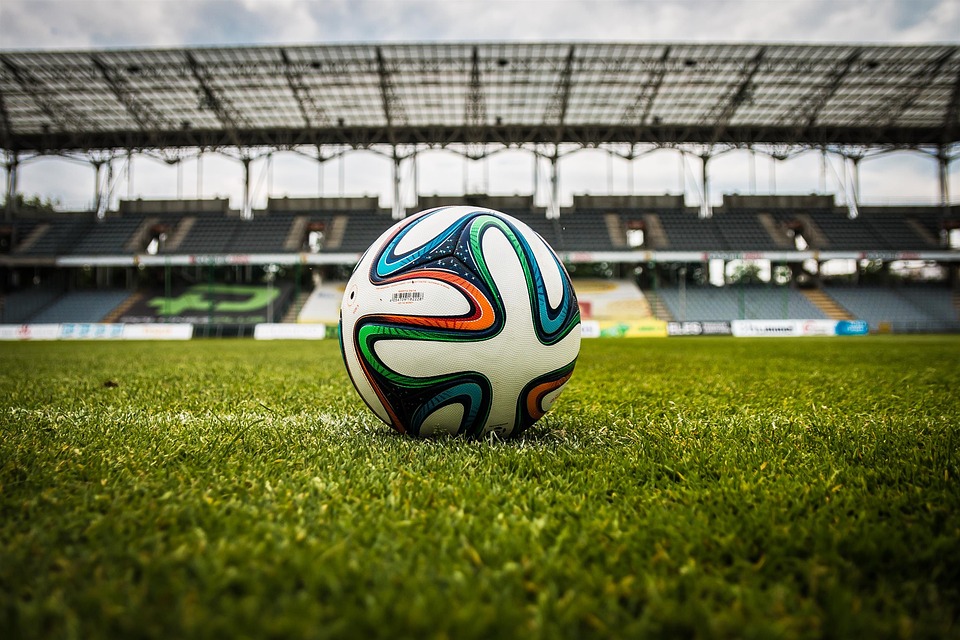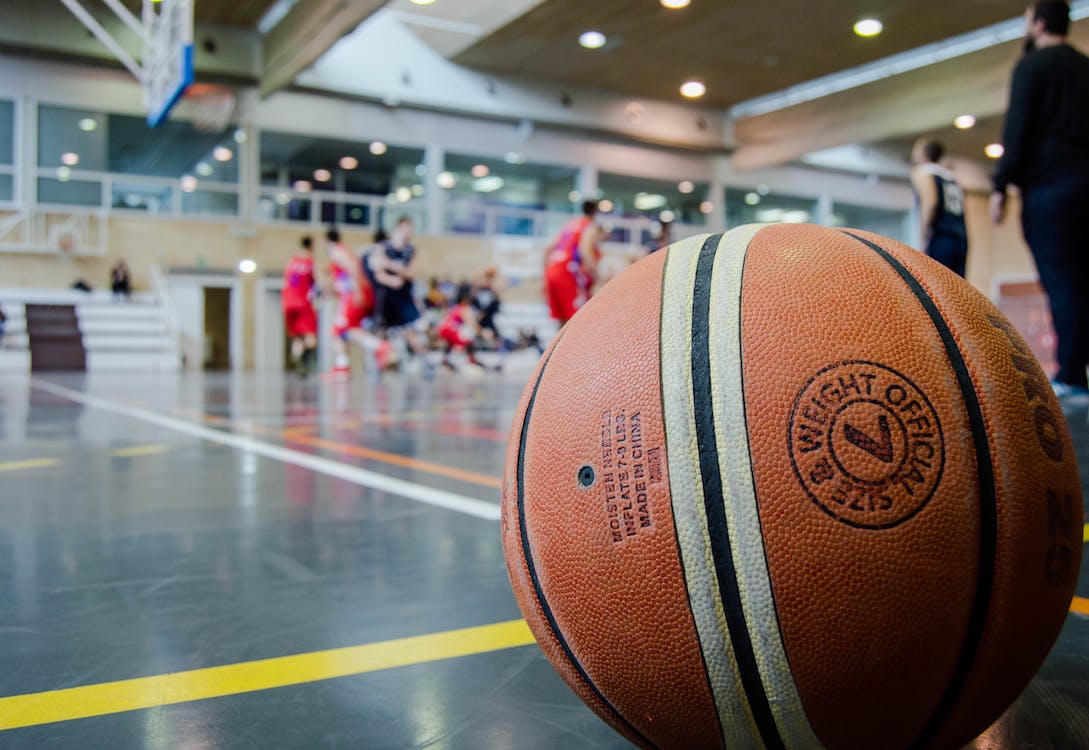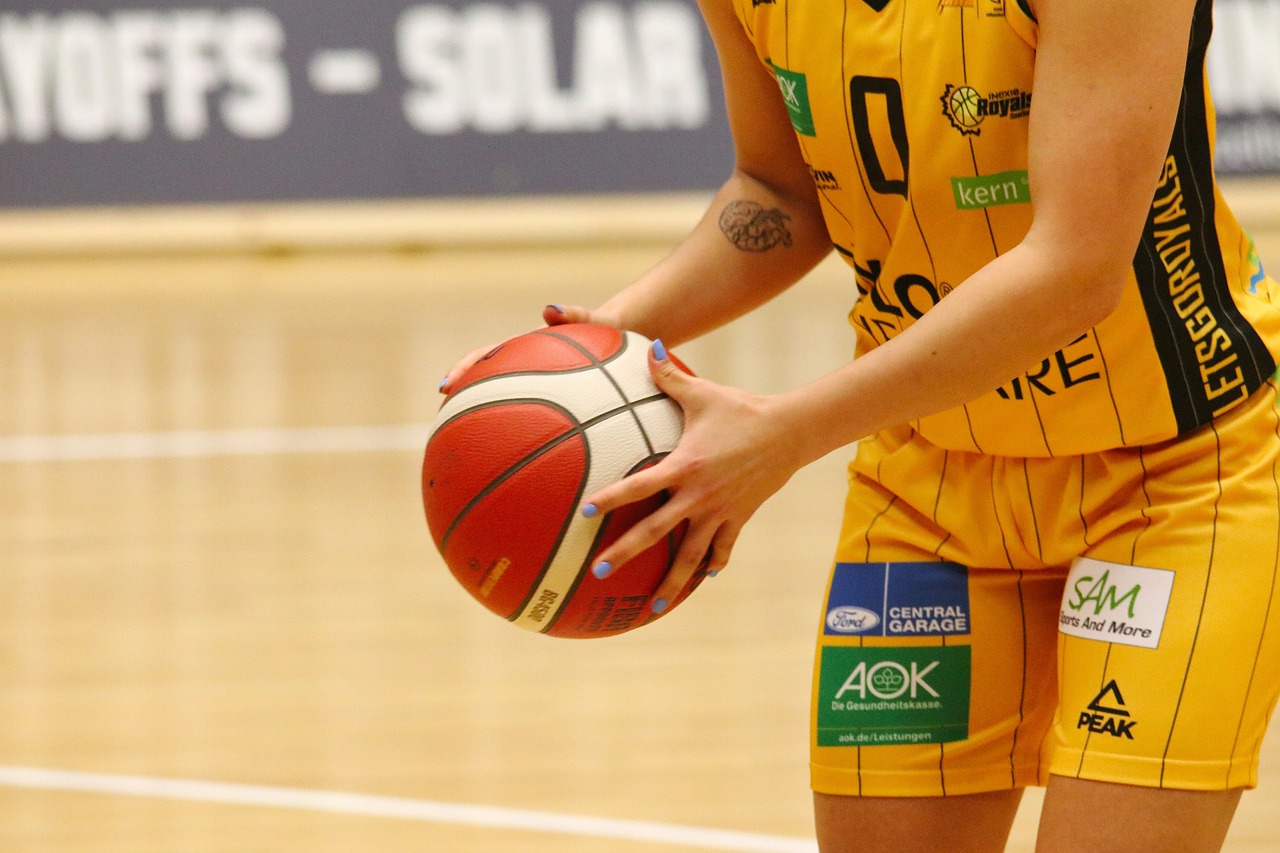Sports play a vital role in many people’s lives, both for leisure and for competition. Two of the most popular sports in the world are football and basketball. Both of these team sports are quite popular and played around the world. Football is played between two teams competing to get a round ball into their opponent’s goal using any part of their body except their hands or arms.
Basketball also involves two teams trying to score more points than the other team by shooting a ball through a hoop positioned near the center of each team’s side of the court, using only their hands.
A common and essential part of either sport is the ball. The quality and design of the ball can significantly affect the team performance and the game’s outcome. To an untrained eye, these balls may appear similar. However, there are several important differences of shape, size, weight, and other characteristics between the two.
This blog takes a look at what makes a football ball and a basketball ball different. We first analyze the differences in their physical characteristics, such as size, materials used, shape, and texture. Then we’ll cover their respective inflation standards and how it affects performance on the field or court. You’ll also find how technology is impacting the performance of these balls in both sports, so let’s get started.
Physical Characteristics of Football and Basketball Balls
Despite their similar round appearance, there are quite a few physical characteristics that set a football ball apart from a basketball ball.
Size and Weight
The size and weight of football and basketball balls can vary depending on the age and skill level of the players. However, there are generally accepted standards for each sport.
Footballs typically have a circumference between 27 and 28 inches. Comparatively, basketballs measure 29 to 30 inches in circumference at their widest point. Not only are basketballs larger in size than footballs, they also weigh more. A typical basketball weighs around 20 to 22 ounces when full of air. Footballs are lighter, usually weighing between 14 to 16 ounces.
These measures are regulated by governing bodies in both the football and basketball worlds to ensure uniformity in play across all countries and levels of play (amateur to professional).
Shape and Texture
In terms of shape and texture, both footballs and basketballs are made with panels that give them their distinct shape and design.
Footballs are generally rounder in shape with 4 to 32 panels stitched together for maximum stability and durability. Their surface has dimples all over it that improve the grip and give players better control when throwing or kicking.
Basketballs are recognized by their signature orange color. They typically have eight panels stitched together to give them a symmetrical round shape. Their surface is smoother with groves that offer better grip. The texture and symmetrical shape make dribbling easier for players.
Materials Used
Both sporting balls are somewhat similar in the materials used for making them. They employ leather or other synthetic materials for their exterior covering. Footballs are usually made from PVC (polyvinyl chloride), PU (polyurethane) or leather fabrics. Basketballs may be made from genuine leather, synthetic leather or composite leather materials which are designed specifically for games played indoors on a hard court surface. Both balls have rubber bladders which help maintain their shape when inflated.
Differences in Inflation and Pressure
Inflation and pressure play an important role in both sports as they can affect the size, weight, bounce level and flight path of each ball.
Football Inflation and Pressure Standards
For use in professional games, footballs must have an internal pressure of 8 to 16 psi (pounds per square inch). However, if you are playing a game for standard recreational purposes, there are no set pressure requirements.
Basketball Inflation and Pressure Standards
To ensure proper play in league games, basketballs are inflated to an internal pressure of 7.5 to 8.5 psi, which means less bounciness and better traction.
Impact on Performance
Proper inflation ensures that each sports ball has its own distinct feel when it is handled during playtime. An incorrect inflation level can dramatically reduce its performance while increasing the risk of potential injury.
Footballs require more inflation to maintain their bounciness and speed when kicked or thrown by the players. In contrast, basketballs require less inflation which gives them a softer bounce, allowing players to shoot and dribble more effectively.
An overinflated football can quickly deviate from its flightpath, while an under inflated basketball won’t dribble well.
How the Balls are Used in the Sports
Both basketballs and footballs are the means of scoring points in their respective games. Players in both sports use various techniques for scoring points and for maintaining their hold on the ball.
Role of the Ball Football
Footballs are the primary tool to score goals by either shooting or heading it into the goal post. Their size allows players to have better control over it using their feet as well as their chests, giving them greater dexterity when shooting or passing throughout the course of the game. Players rely on their footwork skills to move around defenders to keep possession of the ball when moving towards scoring opportunities.
Role of the Ball in Basketball
In basketball, players must dribble, pass, and shoot with the ball to score points, or to maintain possession while moving down the court. Its round shape provides players with a larger surface area to grip and control while dribbling or shooting. Their bouncing ability gives dribblers more agility to get around defenders or create space for a shot attempt at closer range. They can also easily reach much higher speeds when shot, giving shooters more accuracy while covering greater distances in every shot.
Strategies and Techniques Unique to Each Sport
Just like with any sport, strategies and techniques in football and basketball can vary from game to game, according to the team’s strategy, and how they want to approach it.
In football, teams plan strategically in order to score points or stop the opposing team from scoring. This includes directing plays via passes or running plays which involve using their feet to move the ball downfield.
Basketball players also use their basketballs strategically. They may quickly pass the ball or shoot carefully crafted shots in order to score points while defeating defensive maneuvers set up by their opponents. It is also important to execute precise dribbling techniques while protecting the ball from being taken by opponents.
Notable Football and Basketball Ball Manufacturers
Most professional leagues rely on only a few major suppliers when it comes to providing regulation size footballs and basketballs for their events. Following are the most reputable and reliable sporting gear manufacturers for both sports.
Football Ball Manufacturers
The most notable football manufacturers include:
Wilson
Wilson is one of the longest-running manufacturers of footballs in the world, having been around since 1941. Its footballs are available in sizes 2, 3, 4, 5, 6 and 7 to meet the demands of both recreational and professional players of all ages. Wilson’s footballs are known for their superior durability, making them ideal for even the most extreme weather conditions such as snow or rain.
Nike
Besides being the largest sportswear brands in the world (as of 2021), Nike is a leading manufacturer of footballs intended for use in games held at all levels of play. Nike footballs are available in sizes 3, 4 and 5 for younger players as well as professional athletes. It supplies both premium hand-stitched and machine-stitched soccer balls for durable performance in all weather conditions.
Adidas
Adidas has been manufacturing quality sports equipment since 1949 and has become one of the most recognizable brands in sporting goods. It is known for producing reliable footballs with innovative designs. The Adidas Champions League Final Madrid 2019 Official Match Ball is one of its popular designs featuring Aerotwist technology for improved flight stability. It supplies footballs in sizes 3 to 5.
Basketball Ball Manufacturers
Following are the most popular and reliable manufacturers for basketball balls:
Spalding
Spalding is considered one of the best basketball ball makers in existence today. It has been manufacturing quality sports equipment since 1876 and has supplied the official NBA basketball since 1983. Its basketballs feature premium materials that allow players superior grip, so they can take every game to its highest level.
Wilson
Wilson is one of the leading manufacturers of basketballs too. It introduced their first official NBA game ball which is still used today. It employs patented technologies such as Wave Triple Threat Technology for improved grip and control when shooting, or BLX technology for improved shock absorption. Wilson basketballs are ideal for fast-paced games that require quick gameplay decisions and resilience during long matches.
Nike

Impact of Technology on Football and Basketball Balls
Technology has had a huge impact on both footballs and basketballs. The gameplay is now more accurate and enjoyable with new materials and designs. Many modern balls also carry sensors which give them smart capabilities.
New Materials and Designs
Modern basketballs and footballs are made using different materials, such as Kevlar, PVC (polyvinyl carbonite), PU (polyurethane), or a combination of various synthetics. This enhances their performance characteristics such as grip, weight, bounce etc., while making them more suitable for different sporting environments. The result is ultra-durable balls capable of withstanding force from powerful kicks or slam dunks. They can be used again and again without needing frequent replacements.
Smart Footballs and Basketballs
Smart technology has also spread its wings into the sporting world. It has given rise to new kinds of sporting balls that use data points such as spin rate or trajectory to provide valuable feedback in real-time. There is no need to wait for post-game analysis. These smart basketballs and footballs feature built-in sensors which can track various metrics such as ball pressure and speed, helping players improve their performance as they play.
Future Possibilities
Many companies are already working to develop lighter, stronger, and faster balls that further maximize playing efficiency. This is particularly important in sports where weight constraints can impact free movement, speed, and agility required to compete at the top level.
Conclusion
Both football and basketball are essential tools used in each respective sport. Yet, there are many differences between these two, including size measurements, weight differences, inflation requirements, and uses within each game.
It is important to take time to understand what makes up a good quality product before you buy it. Especially after learning how technology has changed these spheres over recent years giving us access to smarter and more durable sports equipment than ever before.



